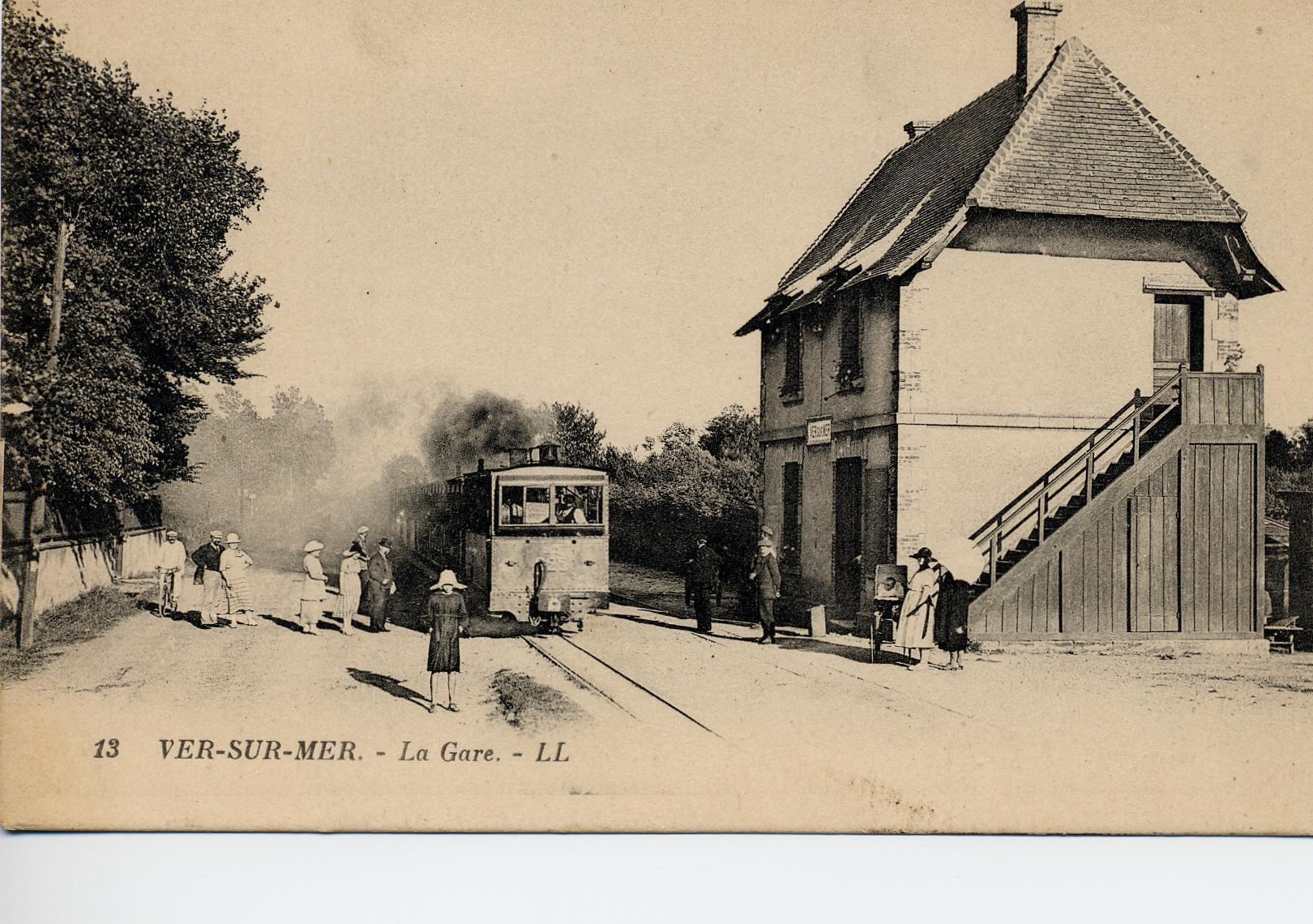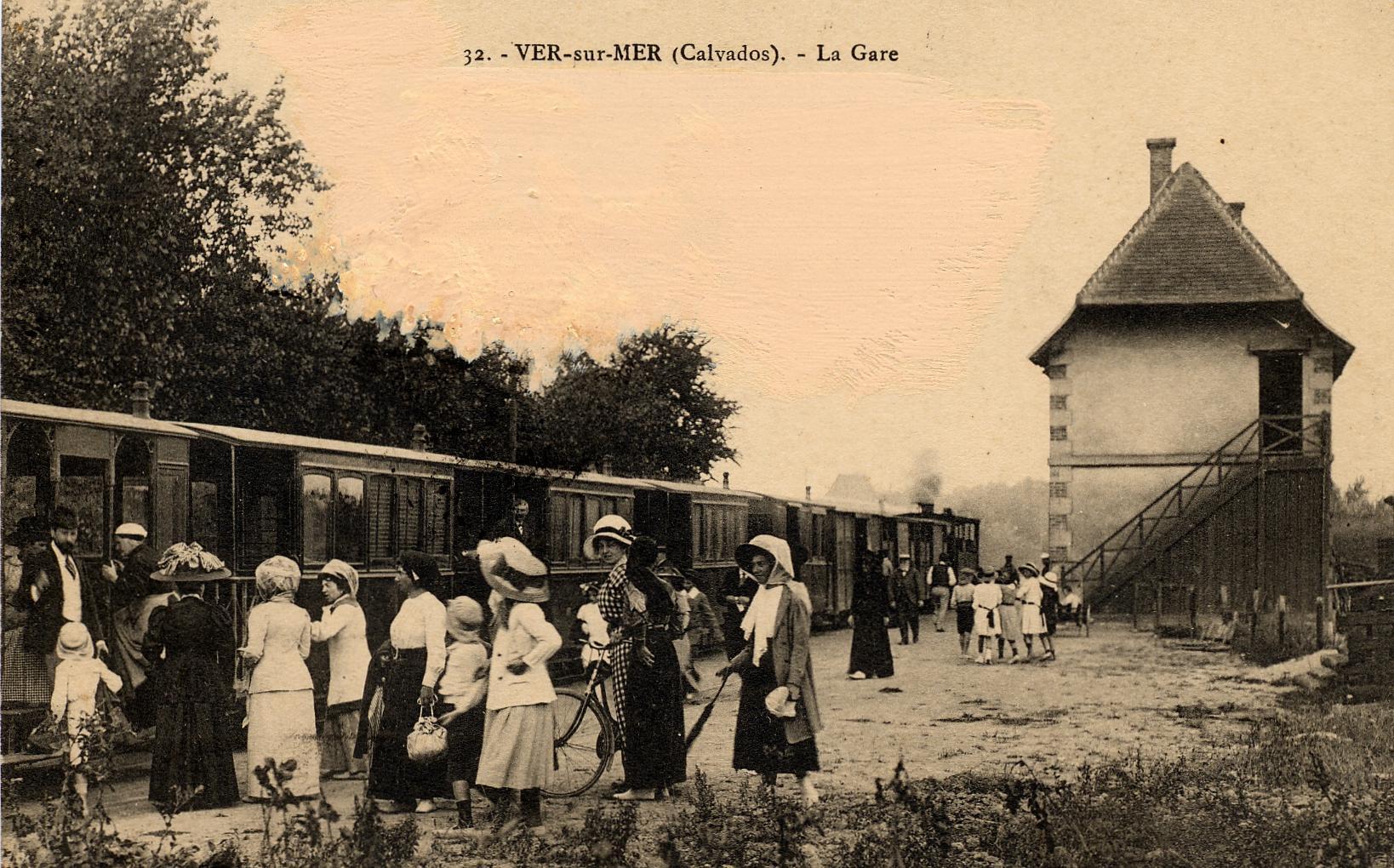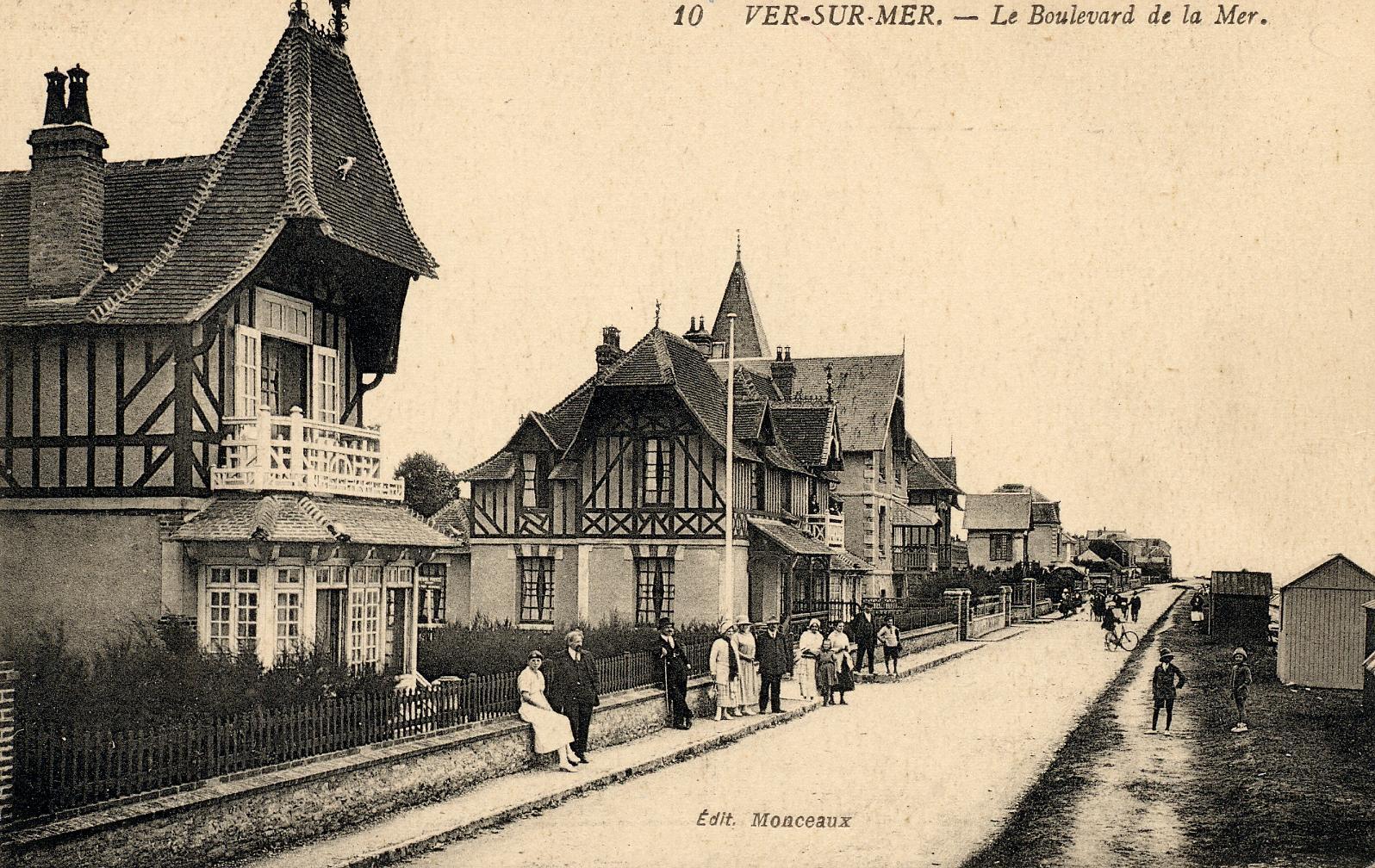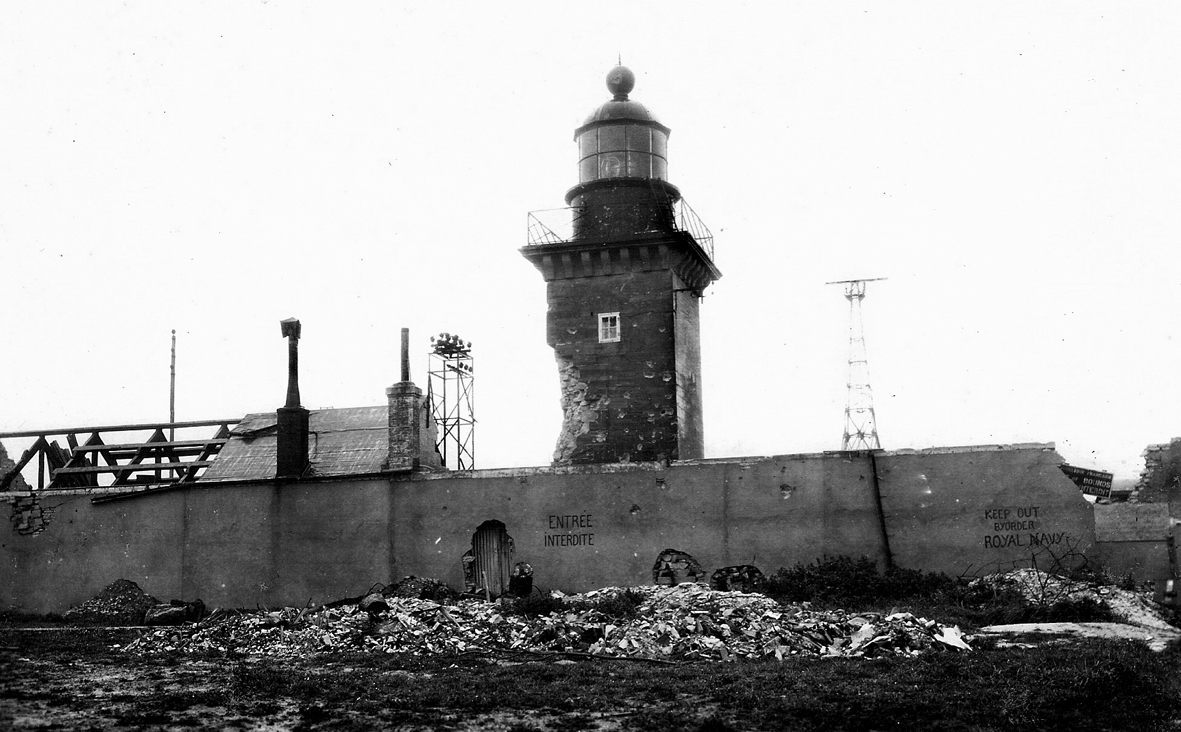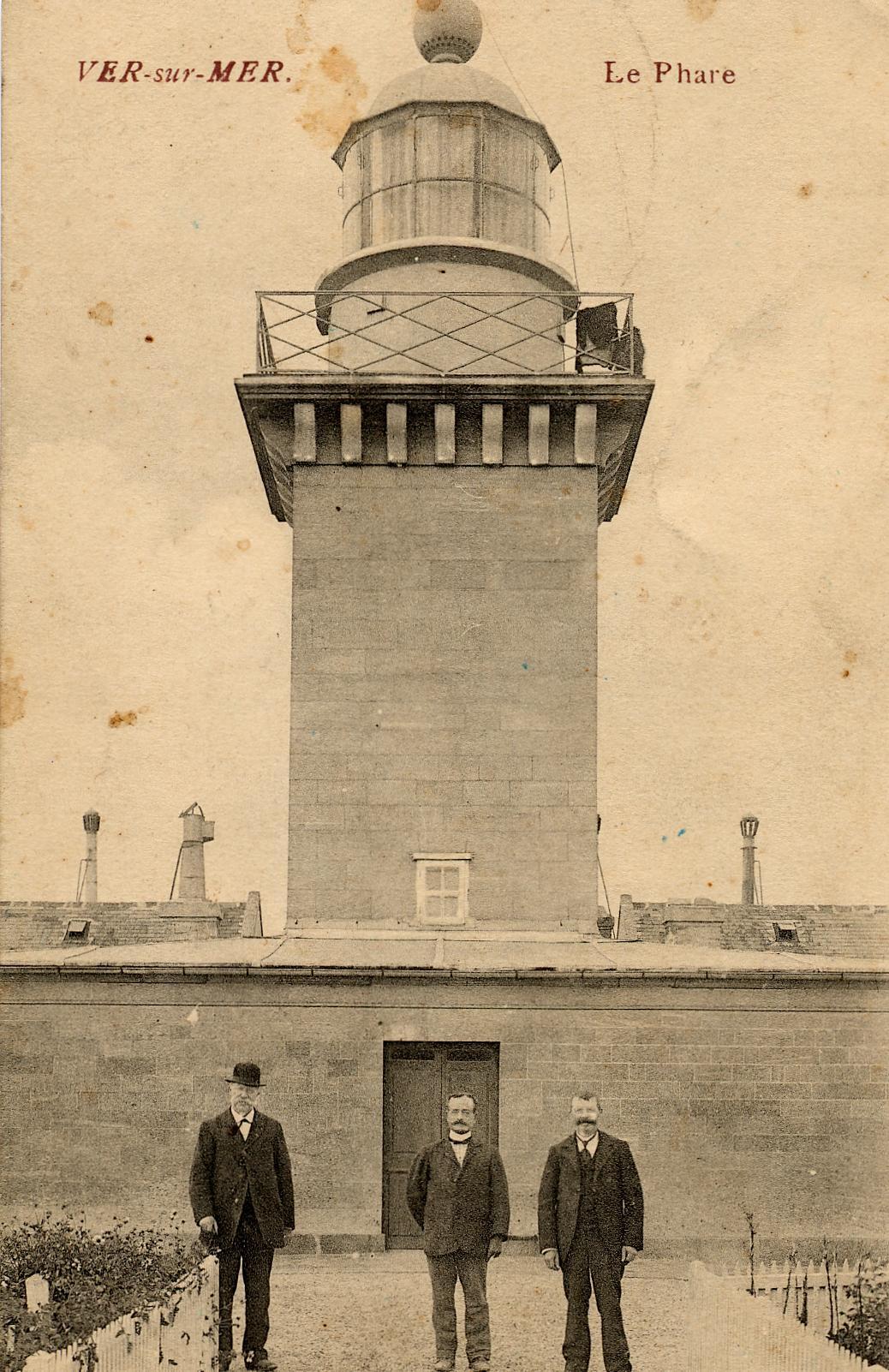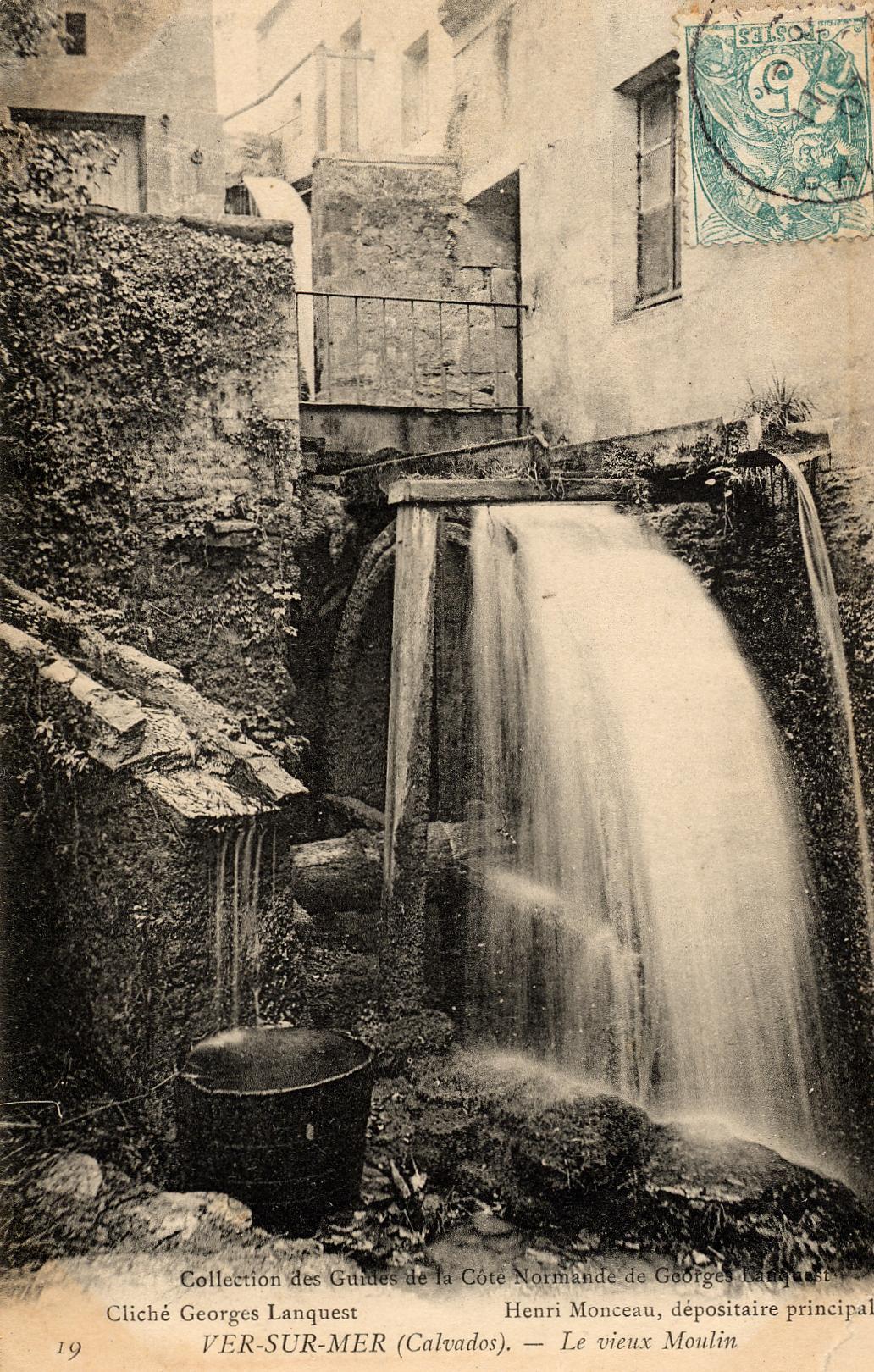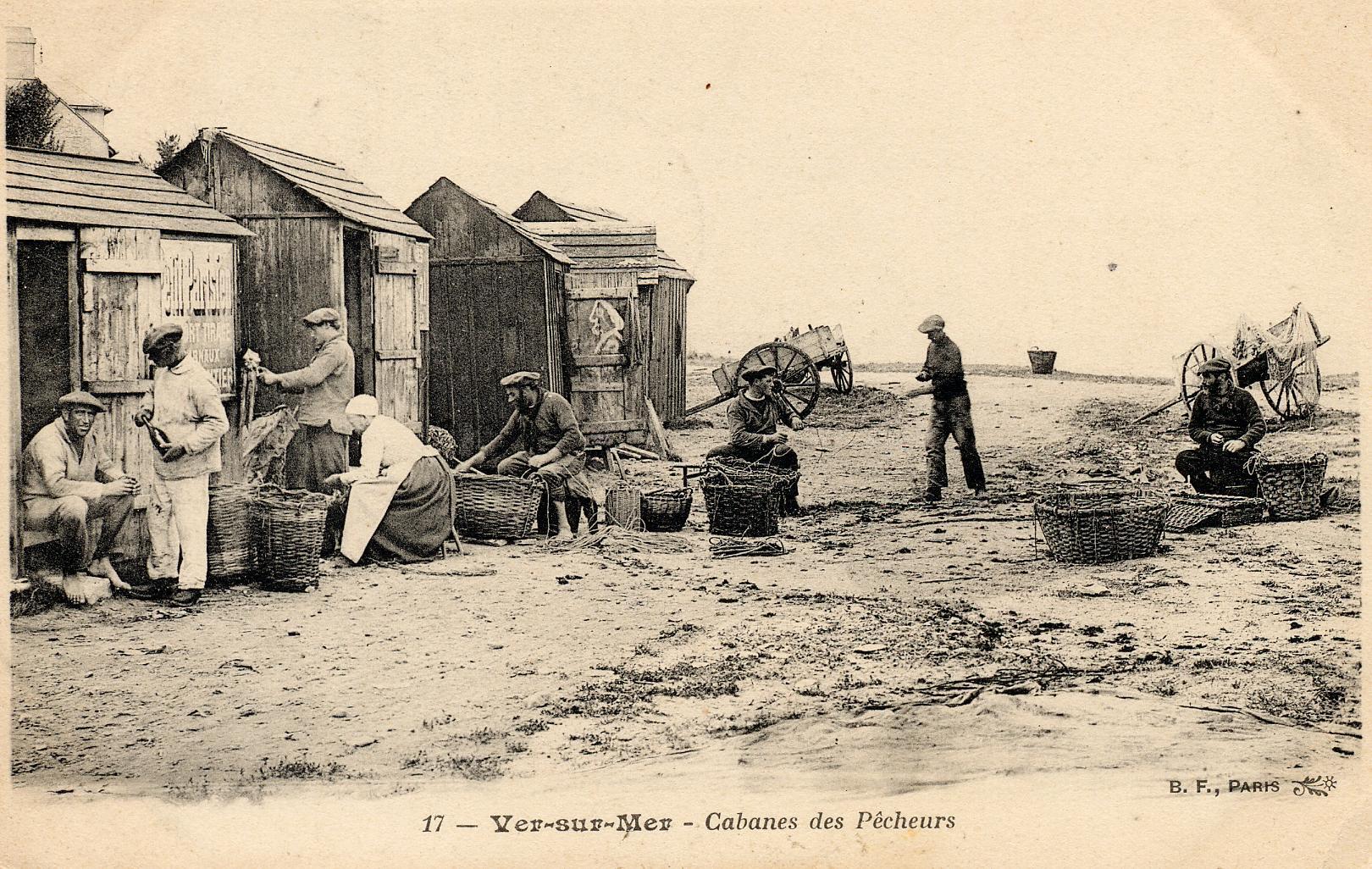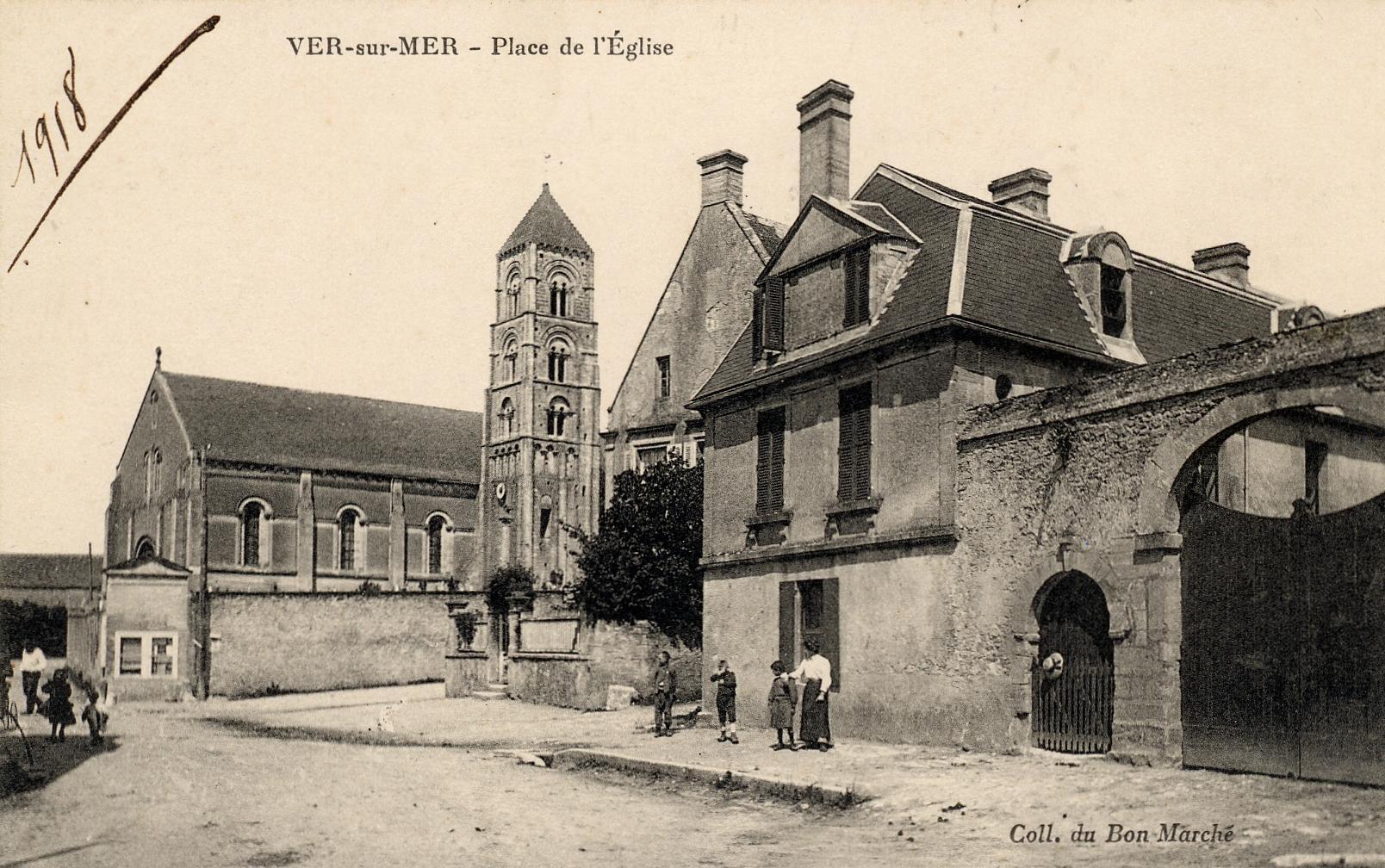Ver-sur-Mer as a settlement dates back to at least Roman times as Roman coins and relics have been found in the area.
The legend of Saint-Gerbold
Read more on this 7th century legend of love, jealousy, miracles leading to how Ver-sur-Mer got its name.
1066
In 1066 the brother-in-law of William the Conqueror was Alberic de Verre, whose name comes from this village. His loyalty following the invasion of England in 1066 was rewarded by William and included being named Lord of Chensington in London, or Kensington, as it is now known, where you can find De Verre Gardens.
Water Mills
The slope of the land towards the sea, together with the “Provence”, a river that starts life in the woods of Bazenville and passes through Crépon, created the power behind three water mills in Ver-sur-Mer. Sadly, changes to the way of life resulted in the disappearance of these mills and today, only the waterfalls created in their place remain.
Saint-Martin Church
This beautiful church whose bell tower dates from the end of the 11th century and was redesigned in the 19th century. More information can be found on the Ver-sur-Mer website
The Lighthouse
It is not certain when the current lighthouse entered service but it was probably in the early 1900s. It replaced the previous lighthouse dating from around 1836 which in turn replaced a semaphore. The current construction is 16m high and stands 42m above sea level. It is one of the three big lighthouses in the Bay of Seine, with the Gatteville lighthouse at Pointe de Barfleur and La Hève in Le Havre.
The lighthouse achieved fame when in 1927 it was the beacon used for the landing of the first transatlantic airmail run, commemorated by a plaque on the building (see below).
In 1944 it was damaged during the Normandy Landings but was quickly restored.
The Railway and a New Role for Ver-sur-Mer
Prior to 1899, fishing and agriculture were the main activities in Ver-sur-Mer. This changed with the arrival of the railway connection to Paris. A railway line from Caen (already connected to Paris) to Courseulles existed from 1875, but in 1899, a line from Bayeux to Courseulles, including Ver-sur-Mer, was opened. The main impact of this line was to allow well-to-do Parisians easy access to the area and so the town found a new life as a “chic” seaside resort. Ver became known for its health-giving properties of salty air and invigorating waves! New villas were constructed along the seafront, often as fine second homes for wealthy Parisians. Finally, beach changing cabins started to appear along the seafront.
During the First World War the railway lost money and never fully recovered. The opening of new roads with the arrival of the automobile added to its difficulties and by the early 1930s, passenger numbers were diminishing. In 1937 the line closed, and the last signs of the infrastructure disappeared during the Second World War, in particular as a result of D-Day Landings.
The First Transatlantic Airmail
On 27 June 1927, Richard E Byrd along with a crew of three, took off from New York, USA for Paris, France. Their mission was to prove that mail could be delivered by non-stop transatlantic flights. On reaching Paris at night, they found that landing was impossible due to poor visibility caused by the weather, so Byrd followed the River Seine searching for an airfield. On reaching the coast, they spotted the light from the Ver-sur-Mer lighthouse and used this to get their bearings before crash landing in the sea just off the beach. There was of course much public interest in this exploit which put Ver-sur-Mer firmly on the map because the first courier flown across the Atlantic was stamped at the post office in Ver-sur-Mer. The Ver Museum relates this epic!
The Second World War
The Second World War brought a rapid and significant change to the town. German forces arrived and set up camp; livestock and fodder were requisitioned; men were required to fill sandbags, dig trenches and even guard roads around Bayeux. Later they were sent to Germany as forced labour. A curfew was imposed at 19:00, along with blackouts for homes, cars disappeared from the roads, and the fine villas were requisitioned to house the occupying forces.
Later came the building of the Atlantic Wall. Access to beaches was forbidden as minefields, along with other defensive obstacles, were laid along the beaches and access routes.
Allied Landings June 1944
In spring 1944 the situation changed for Ver. In April, the sound of bombs was heard for the first time. In May, the town was attacked from the air. Finally, in early June the Landings took place. This time the bombardment destroyed and damaged many houses along with civilian casualties, although half of the population had already fled the town.
After D Day, the beach continued to be used to land more men and material for the battle of Normandy. The coastal areas of the town became a scene of devastation, with damaged houses, bomb craters and uncleared minefields.
After the Second World War
With most of the fine villas destroyed, Ver became what it is today - a town with a population of around 1,700 people where agriculture is still a key activity, complemented by the development of tourism.
In the town centre is the America Gold Beach museum dedicated to the landing of the first transatlantic postal flight by Richard E Byrd and the Allied landings.
In June 2021, the British Memorial in Ver-sur-Mer was opened. This is the only place where the names of every serviceman and woman under British command killed during the battle of Normandy are recorded - including people from more than 30 different countries. The site also includes a memorial dedicated to the French civilians killed during the battle.
Acknowledgement for much of this section: Patrice Guérin, Ver-sur-Mer Mémoires, Edition May 2008
Copies of this book area available from: America Gold Beach museum and the Mairie at Ver-Sur-Mer
